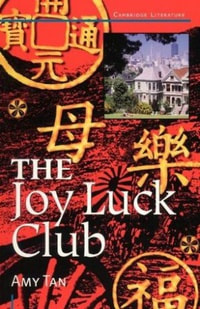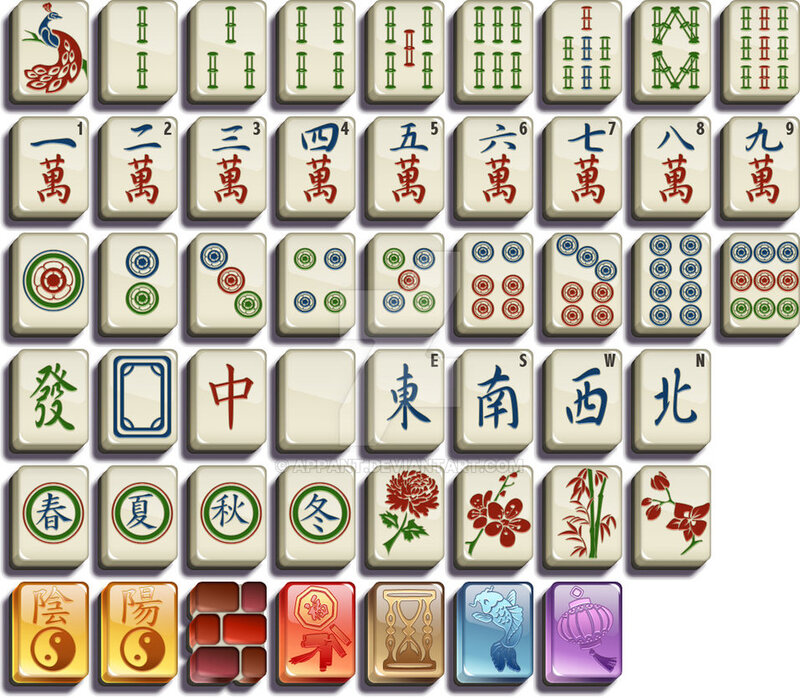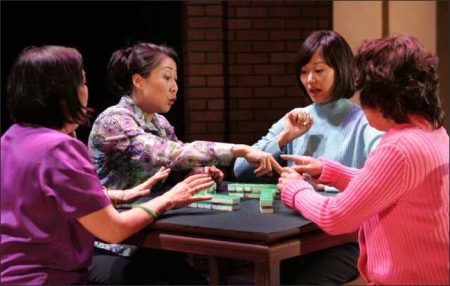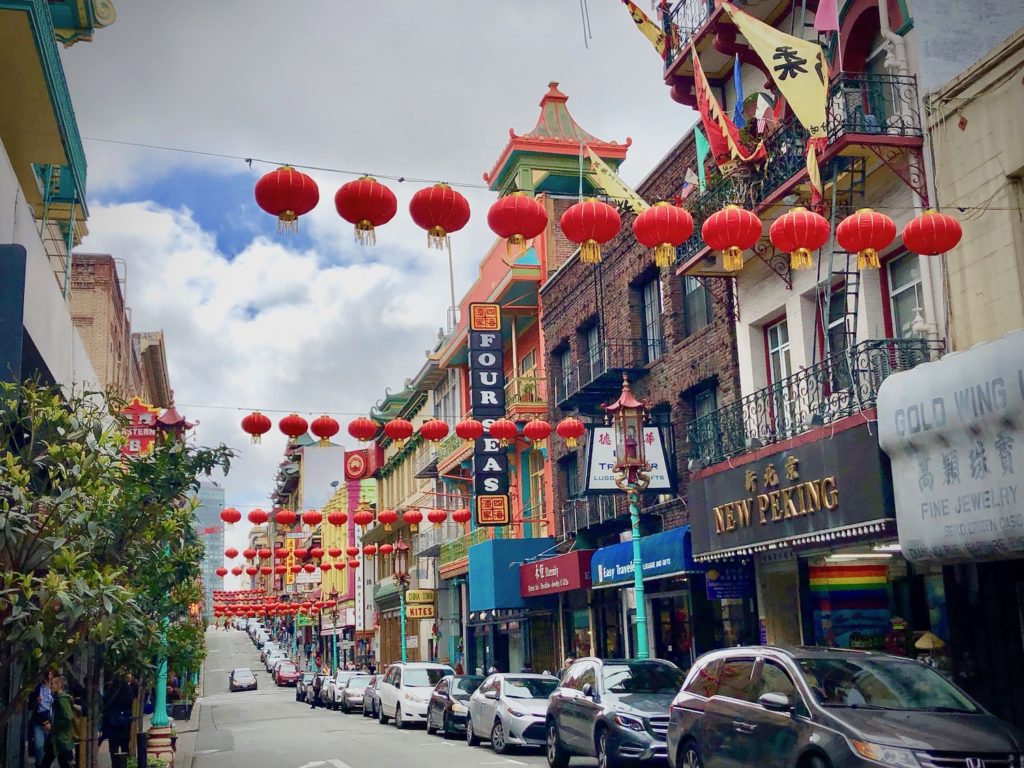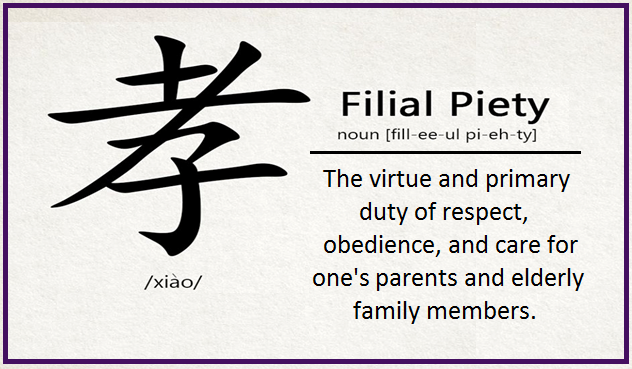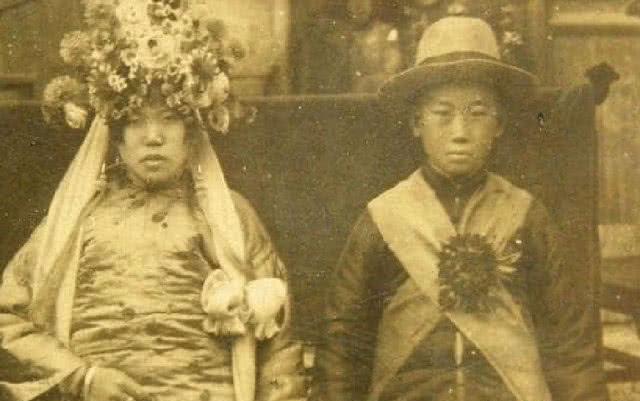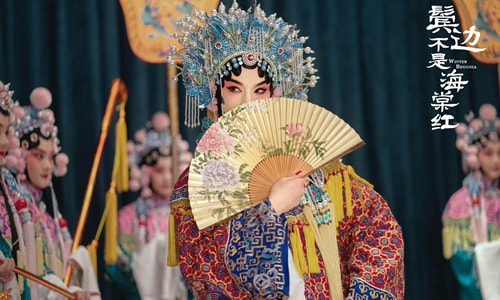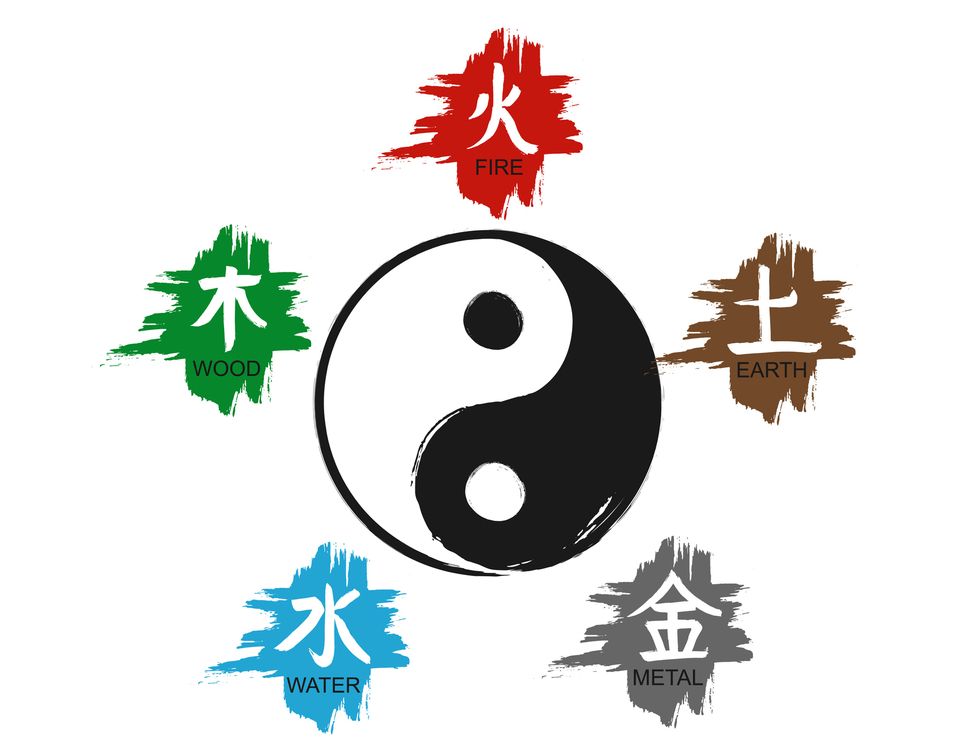Themes:
Maternal legacies
American born Chinese identity (ABCs)
Cross-cultural and intergenerational conflicts
Immigrant identity and diaspora
Loss and recovery
Filial piety and sacrifice
Sexism and expendable girls
Structure:
4 vignettes per each of four sections that begin with a parable
Language:
Pidgin English
Poignant ironies
Authentic immigrant experiences
1. “Feathers from a Thousand Li Away,” a Parable
An-mei's "ghost mother" leaves the young An-mei; Lindo was, at age two, arranged to be a bride to a stranger; and even Ying-ying, with no fault or malice of any specific person, is lost. Why do you think there is a recurring theme of children being lost or abandoned in this first segment of the novel?
2. The Twenty-six Malignant Gates, a Parable
"The Voice from the Wall," Lena St. Clair's story
|
|
|
"Two Kinds," a story told by Jing-mei Woo
|
